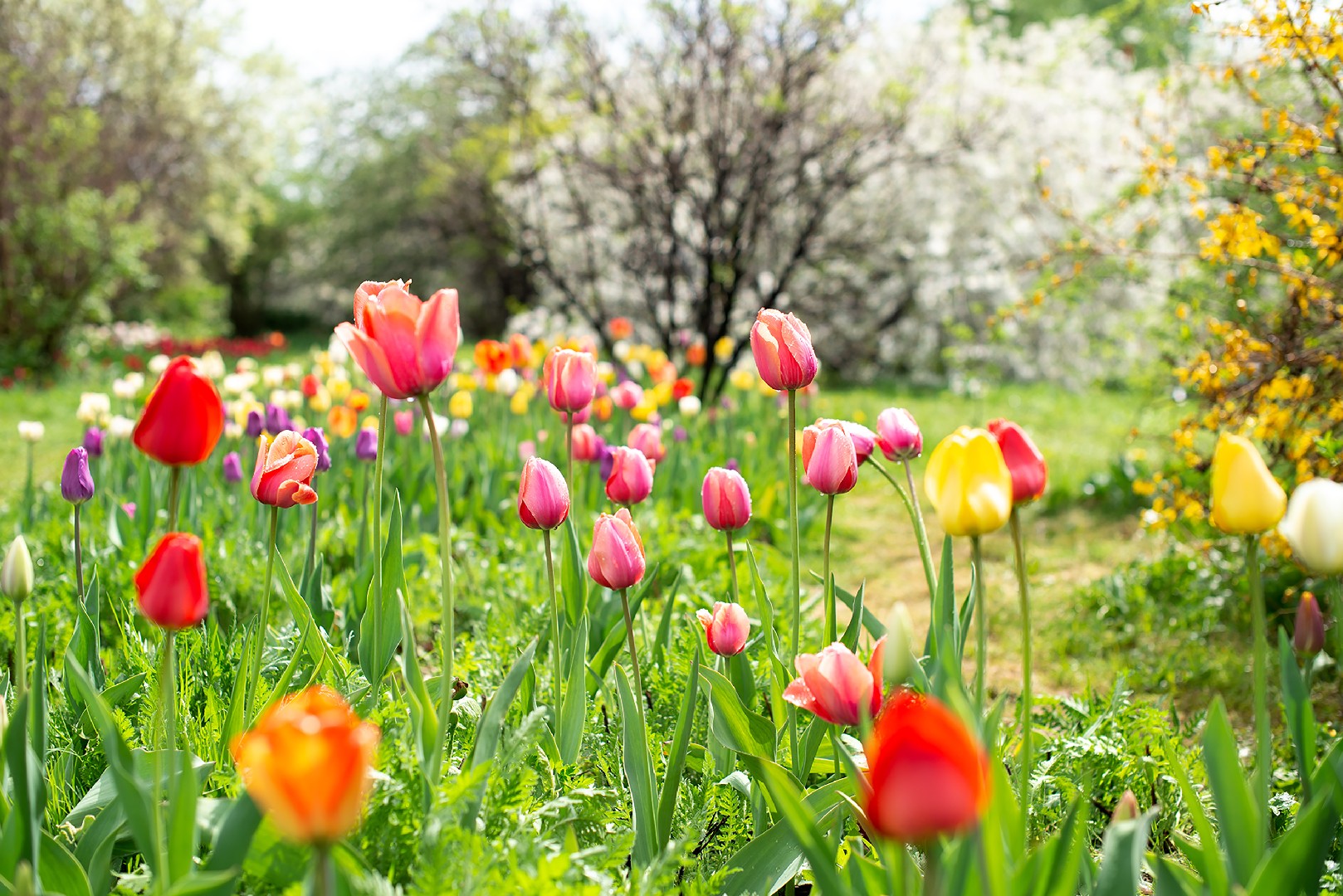![Rectangle]()
The Bigger Picture: The Socio-Economic Impact of Innovative Landscape Design
In today's rapidly changing world, landscape design has taken on a whole new meaning. It's no longer just about creating aesthetically pleasing outdoor spaces; it's about embracing innovation and sustainability to make a significant impact on our communities and economies.
Modern landscape design has the power to contribute to local economies in various ways. One of the key ways is through increased tourism. When a city or town has innovative and sustainable landscape initiatives, it becomes a destination for tourists who are looking for unique and beautiful experiences. These initiatives, such as urban parks, botanical gardens, and public art installations, not only attract visitors but also create job opportunities in hospitality, tourism, and local businesses.
Case studies of successful sustainable and innovative landscape initiatives further highlight the positive socio-economic impact. For example, the High Line in New York City transformed an abandoned elevated railway into a world-renowned park, generating millions of dollars in revenue from tourism and attracting new businesses and investments to the surrounding area. Similarly, the Cheonggyecheon River Restoration Project in Seoul revitalized a neglected urban waterway, attracting both locals and tourists and boosting nearby property values and commercial activities.
As we look towards the future, landscape design will play an even more significant role in shaping our cities. With increasing urbanization, it's essential to create livable and sustainable urban spaces. Innovative landscape design can contribute to this by incorporating green infrastructure, such as green roofs, vertical gardens, and rain gardens, which improve air quality, reduce urban heat island effect, and manage stormwater.
Moreover, landscape design can enhance community well-being by creating spaces for social interaction, recreation, and mental relaxation. Research has shown that access to green spaces promotes physical and mental health and increases overall quality of life.
To keep up with the ever-evolving field of landscape design, professionals in this industry need to have a diverse skill set. Knowledge of sustainable practices, proficiency in design software, and an understanding of the latest trends in horticulture are essential. Additionally, communication and collaboration skills are crucial as landscape designers often work closely with architects, urban planners, and community members.
In conclusion, innovative landscape design has a significant socio-economic impact. Through attracting tourists, creating job opportunities, and enhancing community well-being, it contributes to local economies and creates thriving, sustainable communities. As we move towards the future, landscape design will continue to play a vital role in shaping our cities and improving our quality of life. By staying updated with the latest methods, skills, and knowledge, professionals in this industry can create meaningful and impactful designs that benefit both people and the environment.





